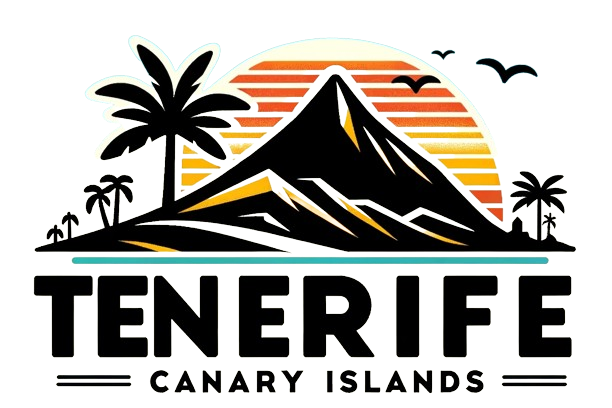Insights from Juan Carlos Carracedo on Teide Volcano’s Eruption Potential
In a recent discussion, esteemed volcanologist Juan Carlos Carracedo provided valuable insights into the potential for volcanic activity in the Canary Islands, with a particular focus on the iconic Teide volcano. His expertise and extensive research have made him a key figure in understanding the geological dynamics of this region, which is known for its unique volcanic landscape.
Understanding the Eruption Probability of Teide
Professor Carracedo, whose work has significantly advanced the study of the Canary Islands’ volcanoes, emphasized that while Teide is classified as an active volcano, the probability of a summit eruption occurring in the near future remains low. His assessment is grounded in comprehensive scientific research, which includes radiometric dating and detailed geochemical analyses of the volcano’s magmas.
Delving into the geological history of Teide, Carracedo explained that the volcano’s formation is the result of a complex series of events, including the collapse of an earlier volcanic structure known as Las Cañadas. Over the last 30,000 years, Teide has predominantly emitted lighter phonolitic magmas, which have played a crucial role in shaping its current form. Carracedo reassured the public that the volcano’s geological evolution indicates that a summit eruption is highly improbable, providing a sense of relief to residents and visitors alike.
Potential Future Eruptions and Their Implications
Looking towards the future, Carracedo suggested that any potential eruptions from Teide are more likely to resemble the Strombolian eruptions observed in La Palma. These eruptions are typically characterized by their less explosive nature, which generally poses a lower immediate threat to surrounding communities. However, Carracedo did caution that the areas surrounding the Teno and Anaga ridges, which are densely populated, could be at risk of volcanic activity that might impact local infrastructure and safety.
He underscored the importance of closely monitoring these regions due to their proximity to populated areas, which inherently increases the risk associated with any volcanic events. The need for preparedness and effective communication with local authorities and residents is paramount to ensure safety in the event of an eruption.
Progress in Volcanological Research and Monitoring
Throughout his illustrious career, Carracedo has observed significant advancements in volcanological research within Spain. He reflected on the evolution of scientific understanding regarding the Canary Islands, noting that early theories—such as the connection to the mythical Atlantis—have been supplanted by more accurate geological insights that are grounded in empirical evidence.
Moreover, Carracedo highlighted the establishment of sophisticated instrumental networks designed for monitoring active volcanism, which have markedly improved in recent years. These advancements have enhanced the scientific community’s ability to study and respond to volcanic activity effectively. Carracedo remains actively engaged with researchers worldwide, leveraging modern technology to foster collaboration and share knowledge in the field of volcanology.
Key points
- Teide is an active volcano, but a summit eruption is deemed unlikely based on scientific research.
- The volcano has evolved over thousands of years, primarily emitting lighter phonolitic magmas.
- Future eruptions are expected to be similar to those in La Palma, with less explosive characteristics.
- The Teno and Anaga ridges are identified as potential areas for future volcanic activity.
- Significant advancements in volcanological research have occurred in Spain, improving monitoring capabilities.
- Juan Carlos Carracedo has contributed extensively to the study of Canary Islands volcanoes.
